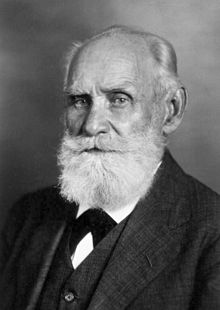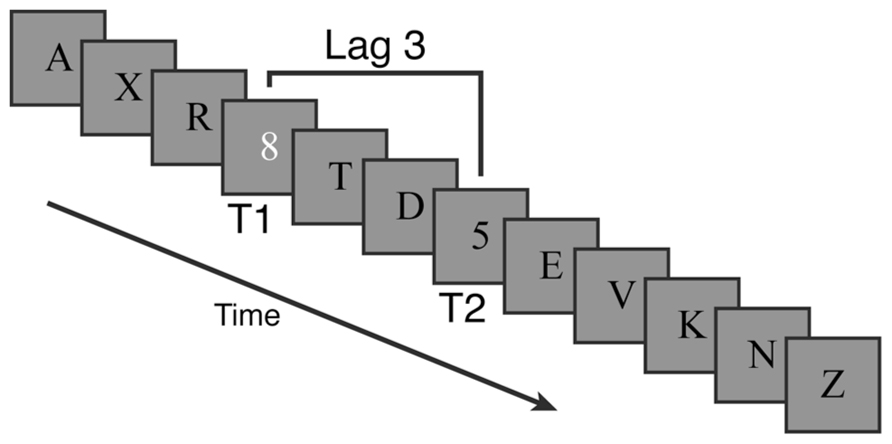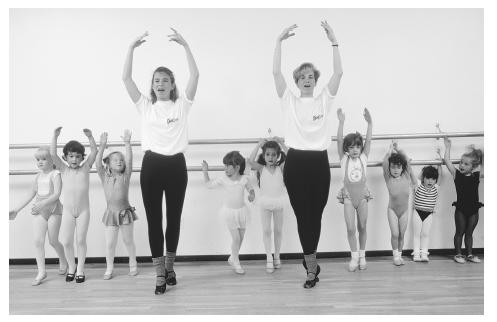The supplemental text I chose to analyze is entitled “The inside story of Terminus, the new dance company by five ex-Atlanta Ballet dancers.” Author Scott Freeman details the timeline of the idealization, creation, and implementation of Terminus Modern Ballet Theater through a journal-like storytelling of events. As a writer for ArtsATL, Freeman was assigned to observe and report on the novel dance company as its members navigated strategy sessions, funding requests, and secret ambitions. Four months of weekly, private meetings between Terminus’s five dancers engendered an eloquent disclosure of the modern company’s origins and aspirations.
In September of 2015, the Atlanta Ballet declared that its artistic director, John McFall, would be leaving his position. So, Tara Lee, Christian Clark, Heath Gill, and Rachel Van Buskirk, four of Atlanta Ballet’s star dancers, were selected as members of a dance search committee; the committee would consider three finalists for artistic director, and recommend a candidate to the Atlanta Ballet’s Board of Trustees. As they contemplated the final three candidates, the aforementioned distinguished dancers imagined what an ideal dance company would look like. What would be that company’s values? How would the company’s art be shaped and presented? What would its leadership style comprise?
John Welker, the founder of Wabi Sabi, a summer arts troupe that performs modern dance numbers outdoors, was one of the candidates considered for artistic director. At the time, Welker was an established star dancer of the Atlanta Ballet. To better prepare himself for the role of artistic director, Welker completed a degree in dance at Kennesaw State University and received a master’s degree in business. Star dancers Lee, Van Buskirk, Gill, and Clark all agreed that John Welker was the best fit for the Atlanta Ballet’s position of artistic director. Unfortunately, the Atlanta Ballet already appeared to prefer another candidate, Gennadi Nedvigin. During this time, Nedvigin was retiring as principal dancer at the San Francisco Ballet.
As rumors of Nedvigin’s probable appointment began to spread, dancers Lee, Gill, Van Buskirk, and Clark jokingly considered starting their own company if Welker was not chosen as the Atlanta Ballet’s new artistic director. When Welker’s candidacy was rejected and Nedvigin became the ballet’s appointed artistic director, the four dancers, along with Welker, felt defeated. Under John McFall, the company’s repertoire presented a modern injection of dance that Lee, Gill, Van Buskirk, and Clark enjoyed immensely. However, Nedvigin was trained in classical traditional ballet at the Russian Bolshoi Ballet School; his classical roots seemed to wrap around the ballet’s modern repertoire and squeeze and diminish its presence. With Nedvigin’s appointment, the dancers felt that their “freedom [...] was being taken away” (Freeman). So, after giving Welker time to heal from his rejection and prompt retirement, Gill, Lee, Van Buskirk, and Clark approached Welker with their desire to form a new modern dance company in Atlanta.
In September of 2016, the group, including Welker, met at Kennesaw State University, which they initially saw as hosting a potential performance space for the new company. Having been taught to empower themselves by John McFall, the Atlanta Ballet’s retired artistic director, all of these dancers felt that they had a responsibility to create something they believed in. After ensuring that the four star dancers then performing with the Atlanta Ballet wanted to create meaningful art for the city of Atlanta, Welker felt convinced of the project’s hopes and worth. To Welker, it was critical that the dancers not seek to spurn and remove themselves from the Atlanta Ballet’s legacy; their careers with the Atlanta Ballet were valuable and influential. The new company’s motivation must be devoted solely to the creation of a new vision, not a competition with their past.
The five dancers kept their plans to retire from the Atlanta Ballet and form their own company secret until April of 2017, in which ArtsATL revealed that Lee, Gill, Van Buskirk, and Clark (along with nine other dancers) would be retiring from the company. In May, the retiring dancers shared details about their plans after retirement with fellow dancers in the company. Their start-up dance company, formally known as Terminus Modern Ballet Theater, presented by the Serenbe Institute in cooperation with the Westside Cultural Arts Center, would have two headquarters and five principal dancers. May saw the last performance of Lee, Gill, Van Buskirk, and Clark for the Atlanta Ballet. They performed Camino Real, which incorporates both stage acting and dance. Their time culminated in an emotional finale, yet their ending at the Atlanta Ballet marked a new beginning.
Bibliography:
Freeman, Scott. “The inside story of Terminus, the new
dance company by five ex-Atlanta Ballet dancers.”
ArtsATL, 18 May 2017, http://artsatl.com/story-terminus-dance-company-founded-ex-atlanta-ballet-dancers/. Accessed 1 October 2017.

 )
) I think that this comic perfectly supports what I am saying. The way the man is sitting makes people think that he does not care about whatever he is doing. His body language is communicating his laziness and how he is not taking the situation seriously.
I think that this comic perfectly supports what I am saying. The way the man is sitting makes people think that he does not care about whatever he is doing. His body language is communicating his laziness and how he is not taking the situation seriously. To prove my point, look at this site. When you look at this site, you automatically get a headache due to how messy it is. I imagine that it would be really hard to find what you are looking for. Hopefully my site will look completely different than this.
To prove my point, look at this site. When you look at this site, you automatically get a headache due to how messy it is. I imagine that it would be really hard to find what you are looking for. Hopefully my site will look completely different than this.
 retrieved from
retrieved from  image acquired from
image acquired from  image acquired from
image acquired from  (Insecure person on the left, confident person on the right)
(Insecure person on the left, confident person on the right)
 The dancers of Terminus Modern Ballet Theater have built illustrious careers dancing to the beats of other artists’ inspirations. For a long time, they have confined and defined themselves by the expression of other people’s work. Yet, once the Atlanta Ballet embarked on a path that was unfit for their individual artistry, the dancers of Terminus Ballet decided to tread their own path, away from the crossroads that had come to challenge their willingness to be brave. Though these dancers are terrified of the unknown that they have plunged into, they also feel excited and invigorated by the pressure they feel. Pushed by the prospect of failure, the Terminus Modern Ballet Theater dancers are characterized by their intense motivation to introduce new modes of expression into dance. As artists, these dancers hope to experiment with their image as it is presented in all of the contexts that a new company requires.
The dancers of Terminus Modern Ballet Theater have built illustrious careers dancing to the beats of other artists’ inspirations. For a long time, they have confined and defined themselves by the expression of other people’s work. Yet, once the Atlanta Ballet embarked on a path that was unfit for their individual artistry, the dancers of Terminus Ballet decided to tread their own path, away from the crossroads that had come to challenge their willingness to be brave. Though these dancers are terrified of the unknown that they have plunged into, they also feel excited and invigorated by the pressure they feel. Pushed by the prospect of failure, the Terminus Modern Ballet Theater dancers are characterized by their intense motivation to introduce new modes of expression into dance. As artists, these dancers hope to experiment with their image as it is presented in all of the contexts that a new company requires. An example is the McDonald's logo. The colors red and yellow are said to make people hungrier so the founder of McDonald's chose those colors on purpose.
An example is the McDonald's logo. The colors red and yellow are said to make people hungrier so the founder of McDonald's chose those colors on purpose. 
 For example, I read this book trusting the author is only using facts and not expressing their opinions. On the other hand, when people read an article online, they must be able to read and see if the author of the article is trying to manipulate the entire truth to express their beliefs.
For example, I read this book trusting the author is only using facts and not expressing their opinions. On the other hand, when people read an article online, they must be able to read and see if the author of the article is trying to manipulate the entire truth to express their beliefs.















